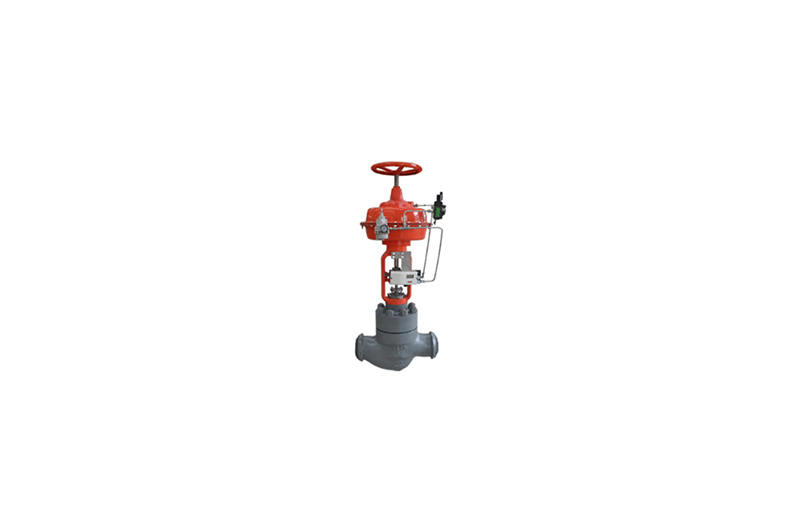Control Valve, also known as a valve, is a control component in a fluid transport system that has functions such as diversion, shut-off, regulation, throttling, backflow prevention, split or overflow relief. It can be used to control various types of fluid activities such as air, water, steam, various corrosive chemical media, mud, liquid metals and radioactive materials. Today, Spray Water Control Valve Exporter talks about common valve faults and treatment methods.
First, the valve body leakage:
the reason:
1. The valve body has blisters or cracks;
2. The valve body is cracked during repair welding.
deal with:
1. Polish the suspected crack and etch it with 4% nitric acid solution. If there is crack, it can be displayed;
2. Excavation treatment of the crack.
Second, the valve stem and its mating thread are damaged or the stem tip is broken and the stem is bent:
the reason:
1. Improper operation, excessive force on the switch, failure of the limit device, and over-torque protection. ;
2. The thread is too loose or too tight;
3. Too many operations and long service life.
deal with:
1. Improve the operation, the force is too large; check the limit device and check the over-torque protection device;
2. Select the appropriate material and the assembly tolerances meet the requirements;
3. Replacement of spare parts
Third, the bonnet combined surface leakage: Reason:
1. The bolt tightening force is not enough or tightly biased;
2. The gasket does not meet the requirements or the gasket is damaged;
3. The joint surface is defective.
deal with:
1. Retighten the bolts or make the door flange flanges consistent;
2. Replace the gasket;
3. Disintegrate the sealing surface of the door cover.
Fourth, the valve leakage:
the reason:
1. Closed is not strict;
2. Joint surface damage;
3. The gap between the valve core and the valve stem is too large, causing the valve core to sag or contact poorly;
4. Poor sealing material or valve cartridge jam.
deal with:
1. Improve the operation, re-open or close;
2. The valve is disassembled, and the sealing surface of the valve core and the valve seat is re-ground;
3. Adjust the gap between the valve plug and the stem or replace the valve flap;
4. The valve is disintegrated to eliminate the jam;
5. Re-replace or weld the seal ring
5. The valve core is separated from the valve stem, causing the switch to malfunction:
the reason:
1. improper repair;
2. The joint between the valve core and the valve stem is corroded;
3. The force of the switch is too large, causing the joint between the valve core and the valve stem to be damaged;
4. The spool retaining washer is loose and the joint is worn.
deal with:
1. Pay attention to inspection during maintenance;
2. Replace the door rod of corrosion resistant material;
3. Operation is not strong switch, or can not continue to open the valve after full opening;
4. Check for replacement of damaged spare parts.
We are also a Linear Control Valve Manufacturer, if you don't understand anything, you can contact us directly.
